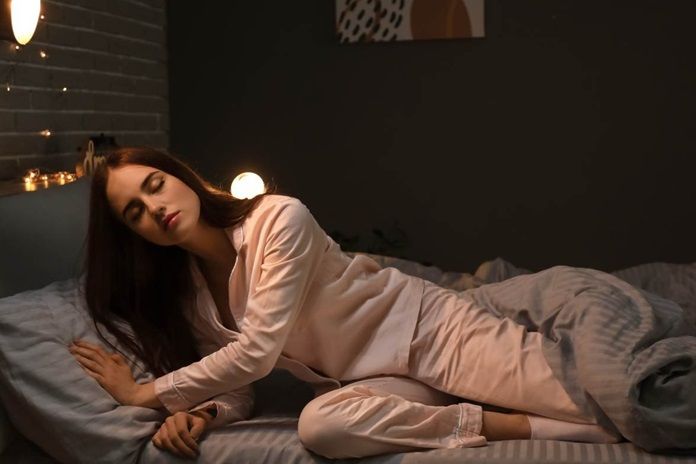Parasomnia is a sleep disorder that is characterized by abnormal movements, behaviors, emotions, and perceptions that occur while sleeping. These phenomena happen during the transition between sleep and wakefulness as well as between rapid eye movement (REM) and non-rapid eye movement (NREM) sleep stages. Sleepwalking, night terrors, and sleep paralysis are some of the examples of parasomnia. Parasomnia are common sleep disorder, however, it can cause difficulty in getting restful sleep. These behaviors can also disrupt the sleep of others nearby. Likewise, some parasomnias are dangerous as you don’t know what’s happening around you. Similarly, it can also cause health problems, like psychological stress.
Causes of Parasomnia
The exact causes of parasomnias are complex and multifaceted, involving a complex interplay of genetic, environmental, psychological, and physiological factors. Following are some of the possible causes of parasomnia.
Genetic Factors: According to studies, individuals with a family history of parasomnias are at a higher risk of developing these disorders. This genetic predisposition indicates that certain inherited traits can increase the brain’s susceptibility to abnormal sleep behaviors and experiences.
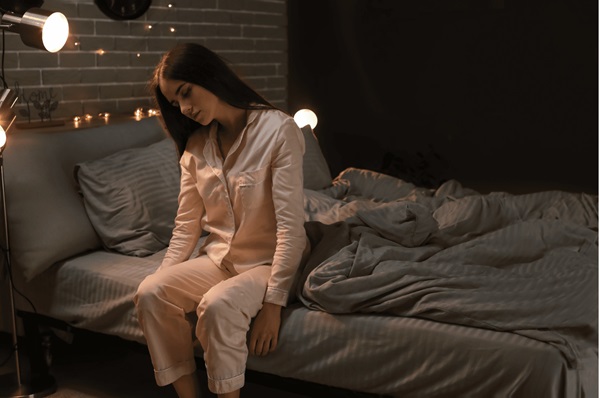
Stress and Anxiety: High stress and anxiety levels can disrupt normal sleep patterns, increasing awakeness during sleep. This disruption can trigger episodes of parasomnia, such as night terrors or sleepwalking.
Medications and Substance Use: Some medications and substances can lead to the development of parasomnias. Antidepressants, antihistamines, and beta-blockers have been associated with increased episodes of sleepwalking and other parasomnias. Similarly, high consumption of alcohol or recreational drugs can affect sleep patterns which can lead to abnormal sleep behaviors.
Psychological Factors: Psychological factors such as post-traumatic stress disorder (PTSD), depression, and other mental health conditions, can contribute to parasomnias. These factors can cause sleep fragmentation and increased arousal, which are often associated with abnormal sleep behaviors.
Also read, What is Oversleeping? Learn About The Surprising Effects and Causes of Oversleeping
Types of Parasomnia
Parasomnia is generally categorized into two main groups, Non-Rapid Eye Movement (NREM) parasomnias and Rapid Eye Movement (REM) parasomnias.
Non-Rapid Eye Movement (NREM) parasomnias
NREM Parasomnias are sleep disorders that occur during stage 3 (or stage 4 by the R&K standard) of NREM sleep which is also known as slow wave sleep (SWS). They occur due to the physiological activation in which the brain partially wakes up from SWS and gets stuck between sleeping and waking. Similarly, these disorders involve activating the autonomic nervous system, the motor system, or cognitive processes while sleeping or transitioning between sleep and wakefulness.
Sleepwalking (Somnambulism): Sleepwalking occurs when individuals leave bed while still asleep and have little awareness or response to their surroundings. They might do things like sorting clothes. Similarly, it also involved sitting up, walking around, moving things, or undressing and appearing awake while still asleep. Sleepwalking can be dangerous as the person can get hurt by losing their balance or bumping into objects.
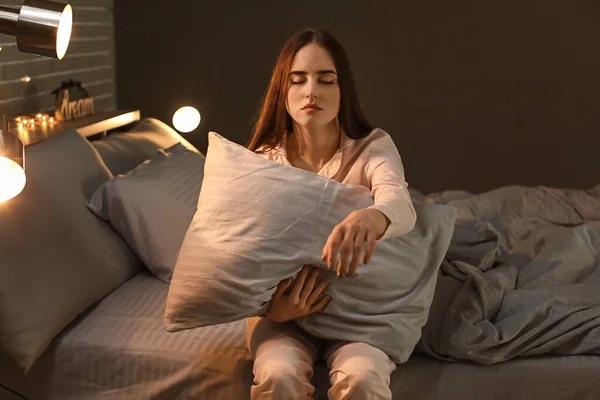
Sleep Terror of Night Terror: Sleep terror involves sudden awakenings from deep sleep with intense fear, screaming, and autonomic arousal. It is the most disruptive type of arousal disorder. In severe cases, it might also lead to severe harm or damage to property as the person may run around or hit walls. Trying to comfort the individual during an episode usually does not work and might even make them more confused. Afterward, they don’t remember what happened, though the memory loss might not be complete. Around three percent of adults experience sleep terrors and the behaviors can vary from mild to extremely violent.
Confusional Arousal: Confusial arousal is a condition when someone wakes up from sleep but remains confused. They might wake up and look around before going back to sleep. These episodes can last from a few seconds to a few minutes and the person may not respond to things around them. Children experience this more than adults.
Sleep-related abnormal sexual behavior: Sleep-related abnormal sexual behavior, also known as sexsomnia, is a type of confusional arousal that is slightly similar to sleepwalking. During this condition, an individual engages in sexual activities while still asleep. This parasomnia involves actions like masturbating, touching themselves or others inappropriately, having sex with someone else, or, in severe cases, even sexual assault.
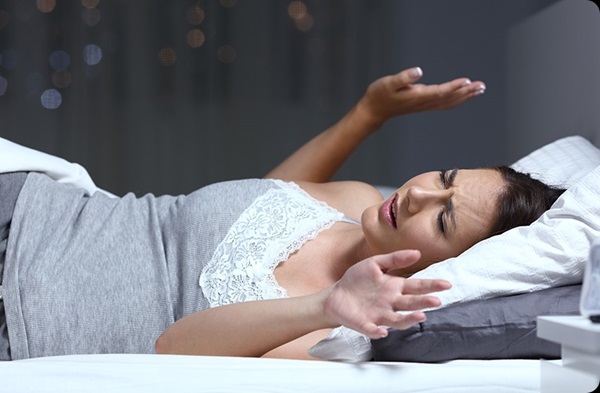
Rapid eye movement (REM)-related parasomnias
REM-related parasomnias occur during the REM (Rapid Eye Movement) stage of sleep. During REM sleep, the brain is very active, the eyes move quickly, and the muscles are temporarily unable to move. Individuals with REM-related parasomnias encounter abnormalities in the typical function of REM sleep such as temporary paralysis of muscles.
REM sleep behavior disorder (RBD): REM sleep behavior disorder involves abnormal vocalization or movements during REM sleep where individuals try to enact their dreams. These behaviors often involve self-defense actions like punching, kicking, or shouting swear words which may result in repeated injury—bruises, lacerations, and fractures—to themselves or others. Most people with Parkinson’s disease experience REM sleep behavior disorder.

Sleep Paralysis: Sleep paralysis is a situation when people can’t move voluntarily when falling asleep even though they are conscious and can remember, they can’t speak or move. However, breathing is not affected. These episodes last for a few seconds to minutes and go away on their own. It is often related to hallucination that happens during sleep. Sleep paralysis is harmless, however, it can cause to anxiety or distress about falling asleep. Sleep paralysis is not dangerous, but it can lead to anxiety or distress about falling asleep.
Nightmare Disorder: Nightmare disorder is known as recurring nightmares that cause distress upon waking up, leading to sleep problems or difficulties during the day. Nightmares often occur during REM sleep. Adults are more likely to experience nightmare disorders than children. Around two-thirds of adults have experienced nightmares at least once in their lives.
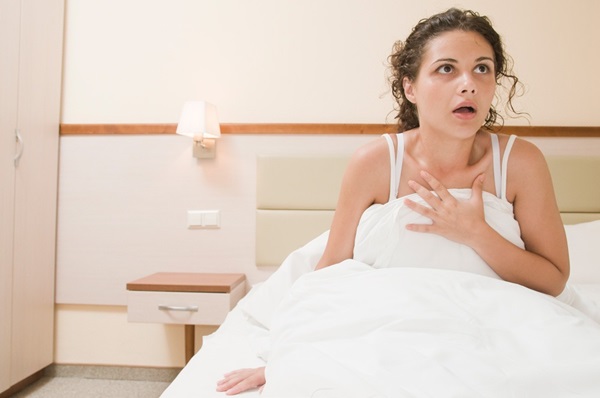
Sleep-related painful erections: Sleep-related painful erections involve penile erections that occur only during sleep, particularly during REM sleep. This condition does not cause any physical damage or lesion, however, one possible cause could be increased muscle tension in the pelvic floor. This is more common in middle-aged and older men. A medical expert might prescribe several medications, including propranolol, clozapine, clonazepam, baclofen, and certain antidepressants, for an effective treatment for this condition.
Treatment
Parasomnias can cause potential risks to both oneself and their bed partners. However, children might not need medical intervention as they tend to recover from the NREM-related disorder with the process of growth. In adults, educating about proper sleep hygiene can minimize the risk of developing parasomnias.
According to case studies, pharmacological treatments can improve symptoms, but they often come with side effects. Behavioral treatments like relaxation therapy, biofeedback, hypnosis, and stress reduction techniques may also help, although they may not work for everyone.
Frequently Ask Question
What can cause parasomnia?
Some psychiatric disorders such as depression, anxiety, and PTSD and Neurological disorders such as Parkinson’s disease are some of the possible factors that may increase your risk for parasomnias.
How to wake up someone with parasomnia?
Try speaking to them in a low, gentle voice to provide calm instead of attempting to wake them. If they get out of their bed, gently guide them back and stay with them while they return to a safer sleep slate.
You may also like to read: Learn Five Methods To Experience Lucid Dream
